Origin of a massive, mystery crater in East Antarctic discovered - and it's not a meteorite
If Antarctica melted entirely, the sea level would be about 58 metres higher than it is today.
Parts of East Antarctica – the coldest place on Earth – have been found to be prone to melting, researchers say.
Hot spots have been found in the East Antarctic ice sheet where there are holes – or moulins – in the ice sheet, allowing water to flow out into the sea. The holes in the East Antarctic ice sheet are due to an unusually warm microclimate, according to a paper published in Nature Climate Change.
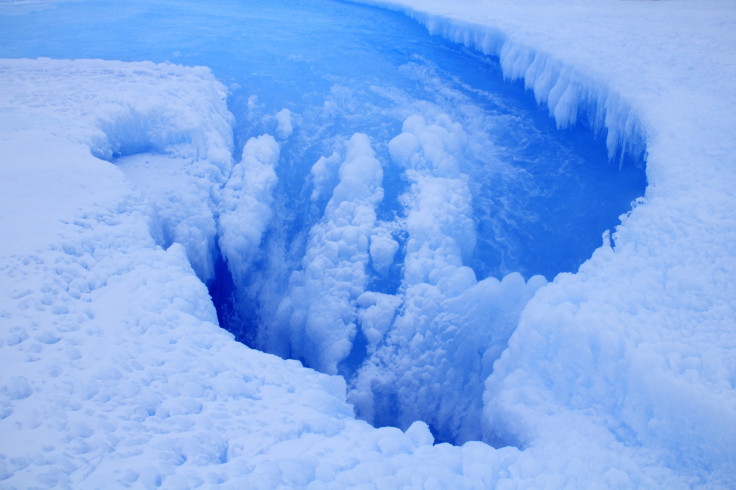
One crater in particular in the King Baudoin ice shelf was originally thought to be an impact crater from a meteorite. When these reports came out Lhermitte and his colleagues were already analysing satellite images from previous research.
"Looking at the images we straight away thought that it would be a collapsed lake," study author Stef Lhermitte of TU Delft told IBTimes UK. Lhermitte and his colleagues then went on an expedition to the site on the East Antarctic Ice Sheet. They suspected that the crater was in fact a melt hole, or moulin.
"Of course then we had to find out, so we went there and by being there it was overwhelmingly clear – because the running water that drains into the moulin – it's obvious that it's melting there."
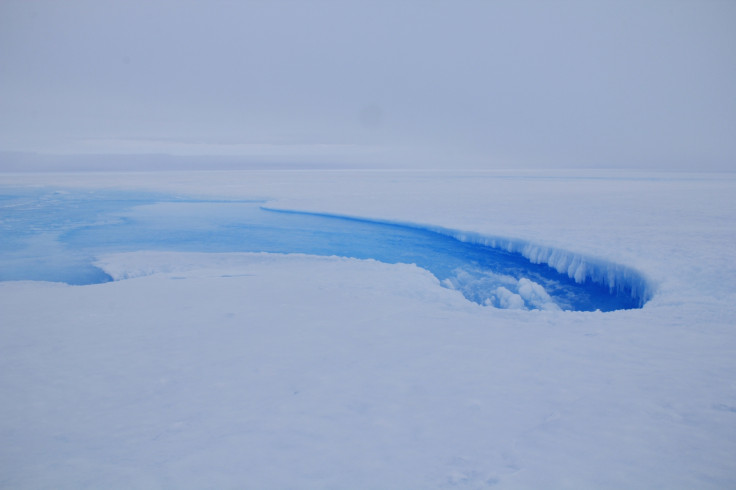
There were a number of holes in the ice sheet, which was an unexpected finding as moulin like these have not been seen before in the East Antarctic Ice Sheet. They are more common in ice sheets in Greenland and the west of Antarctica, which are both known to be melting. The remoteness of the site is one of the reasons that the reason for the holes in the ice sheet have not been characterised until now.
The site the researchers surveyed is 400 kilometres from the nearest research base, Princess Elizabeth Station, and involved a 3-day trip out on the ice by ski-doo. "You don't get there by accident," says Lhermitte.
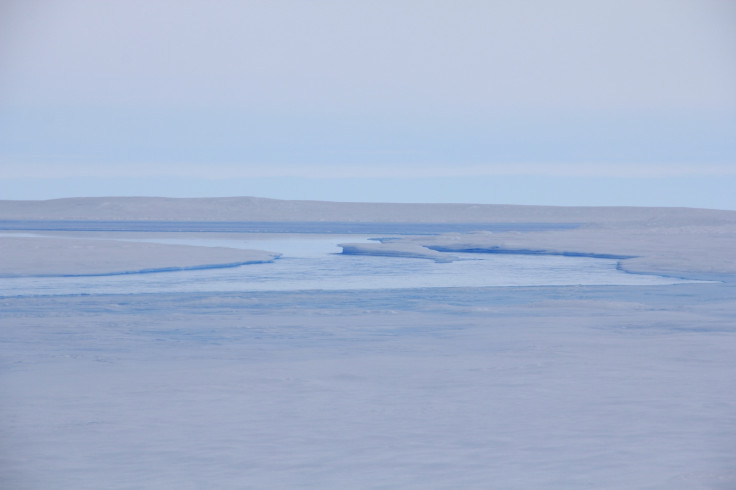
A 20km stretch of the ice sheet is particularly vulnerable, the researchers say, as it has a microclimate that is accelerating melting. Strong winds are blowing away the snow at the surface, which exposes the ice beneath. As ice is blueish and darker than snow, it reflects less of the Sun's heat. This makes it heat up and melt at a faster rate than if snow had covered it. This area is up to 3C warmer than the surrounding areas.
There is satellite evidence of melting in this particular microclimate dating back to the 1980s, Lhermitte says, which is confirmed by climate models. But climate change in recent years is speeding up the melting process.
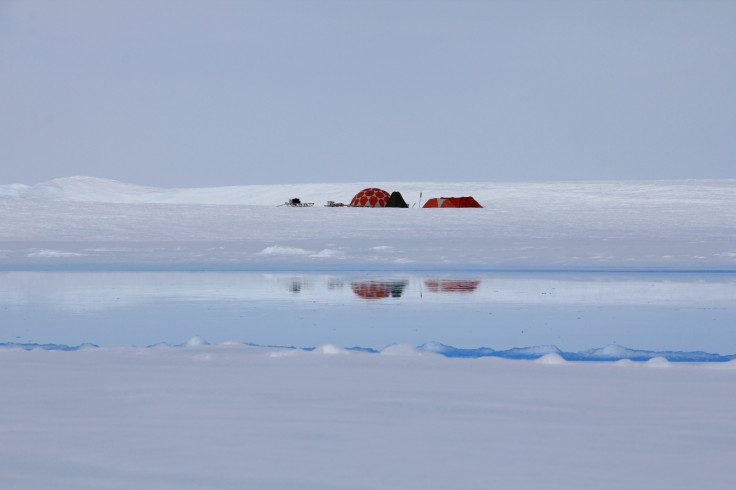
"We do see in warm years there is an extensive melt. In the story of climate change Antarctica will warm as well and these microclimate becomes a potential weak spot because in general East Antarctica is very cold and assumed to be less vulnerable," Lhermitte says.
But the threat of collapse of the East Antarctic Ice Sheet is not imminent, particularly when compared with the faster-melting West Antarctic Ice Sheet. It does show that climate change is accelerating melting even the east of Antarctica, which has been known to reach temperatures of almost -100C. All the ice in Antarctica would lead to an estimated 58 metre sea-level rise if it all melted.
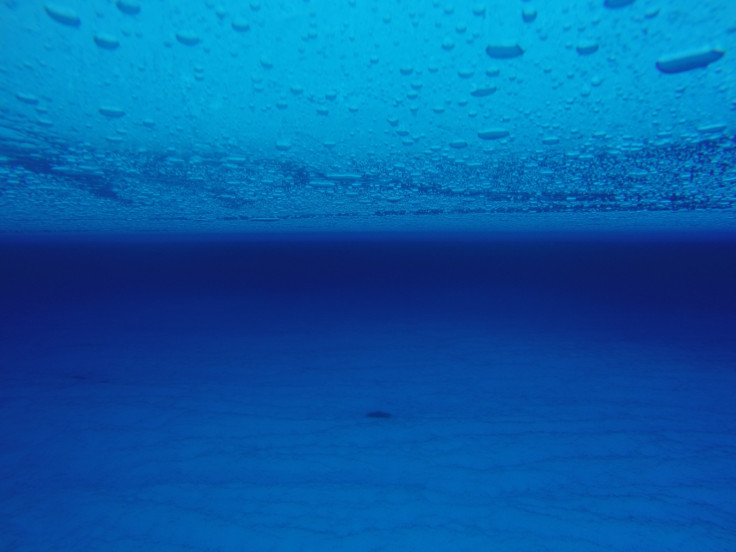
"At the moment there's no risk of collapse [in the east]. These ice sheets are very thick and not in a very unhealthy state. This is not going to happen in the coming years, but it indicates that we should think differently of them in the future."
The researchers have created an interactive website to illustrate their findings, which can be viewed here.
© Copyright IBTimes 2025. All rights reserved.






















